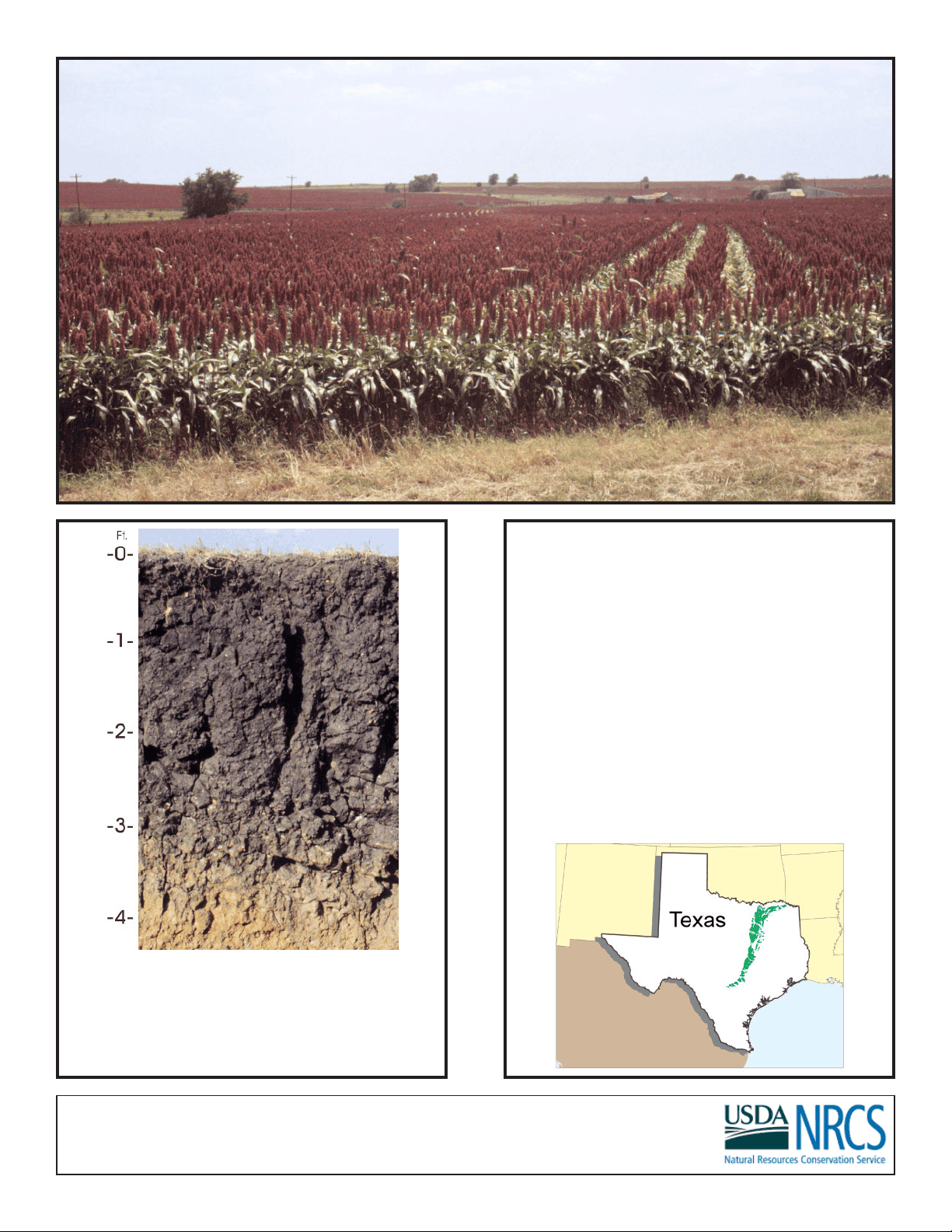


Study with the several resources on Docsity

Earn points by helping other students or get them with a premium plan


Prepare for your exams
Study with the several resources on Docsity

Earn points to download
Earn points by helping other students or get them with a premium plan
Community
Ask the community for help and clear up your study doubts
Discover the best universities in your country according to Docsity users
Free resources
Download our free guides on studying techniques, anxiety management strategies, and thesis advice from Docsity tutors
State Soil of Texas used for assignments quick refrence data
Typology: Summaries
1 / 1

This page cannot be seen from the preview
Don't miss anything!

Related documents
Partial preview of the text
Download Texas State Soil PDF and more Summaries Biology in PDF only on Docsity!
The U.S. Department of Agriculture (USDA) prohibits discrimination in all its programs and activities on the basis of race, color, national origin, gender, religion, age, disability, political beliefs, sexual orientation, and marital or family status. (Not all prohibited bases apply to all programs.) Persons with disabilities who require alternative means for communication of program information (Braille, large print, audiotape, etc.) should contact USDA’s TARGET Center at 202-720-2600 (voice and TDD). To file a complaint of discrimination, write USDA, Director, Office of Civil Rights, Room 326W, Whitten Building, 14th and Independence Avenue, SW, Washington, DC 20250-9410 or call 202-720-5964 (voice or TDD). USDA is an equal opportunity provider and employer.
Houston Black Soil Profile Surface layer: black clay Subsoil - upper: black clay with slickensides Subsoil - lower: black clay with slickensides and calcium carbonate Substratum: light olive brown clay
The Houston Black series occurs on about 1.5 million acres in the Blackland Prairie, which extends from north of Dallas south to San Antonio. Because of their highly expansive clays, Houston Black soils are recognized throughout the world as the classic Vertisols, which shrink and swell markedly with changes in moisture content. These soils formed under prairie vegetation and in calcareous clays and marls. Water enters the soils rapidly when they are dry and cracked and very slowly when they are moist. Houston Black soils are used extensively for grain sorghum, cotton, corn, small grain, and forage grasses. They also occur in several metropolitan areas, where their very high shrink-swell potential commonly is a limitation affecting building site development. The Professional Soil Scientists Association of Texas has recommended to the State Legislature that the Houston Black series be designated the State soil. The series was established in 1902.

